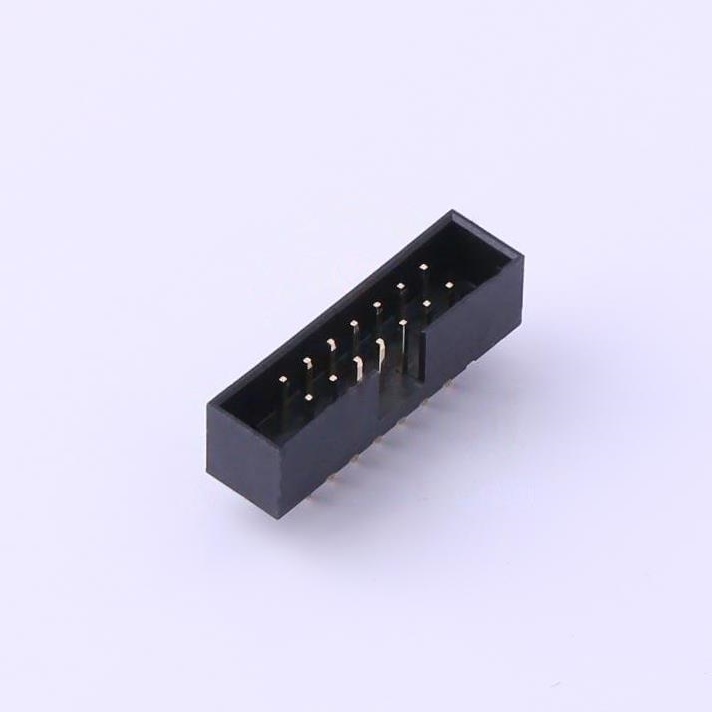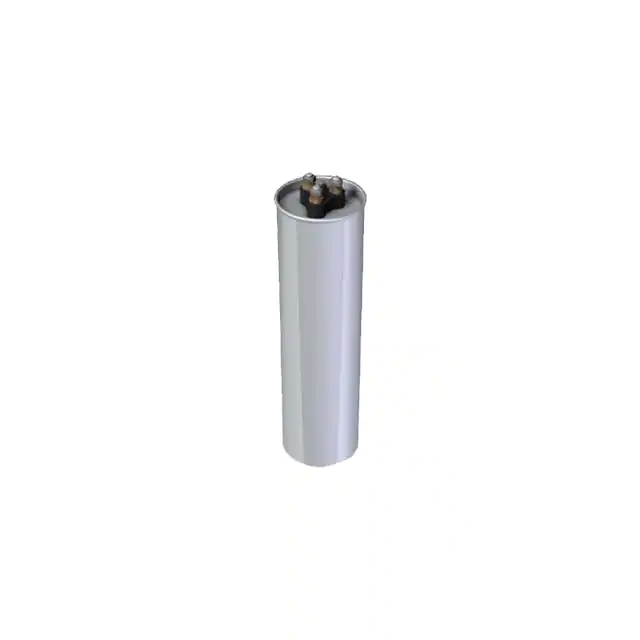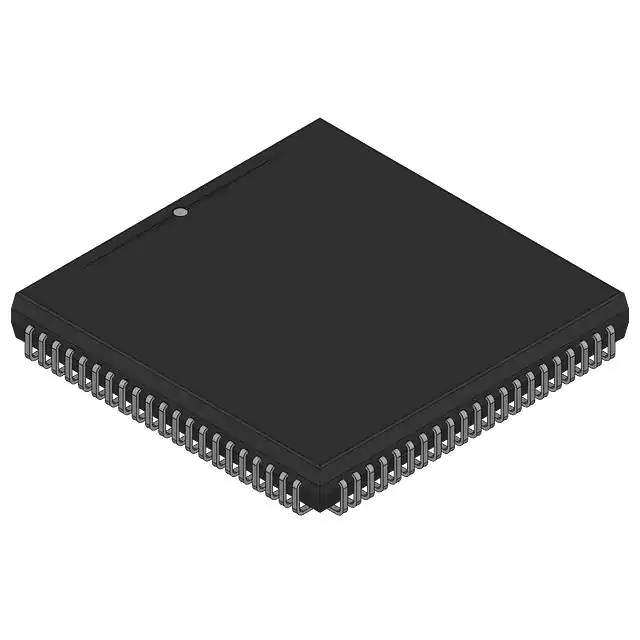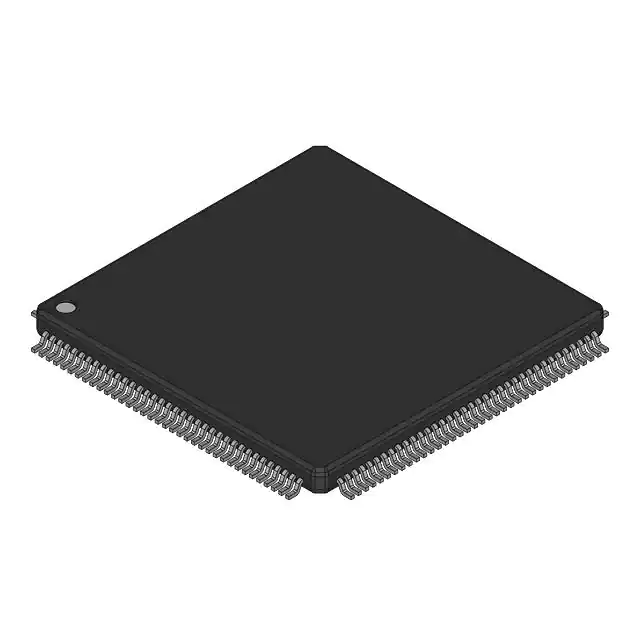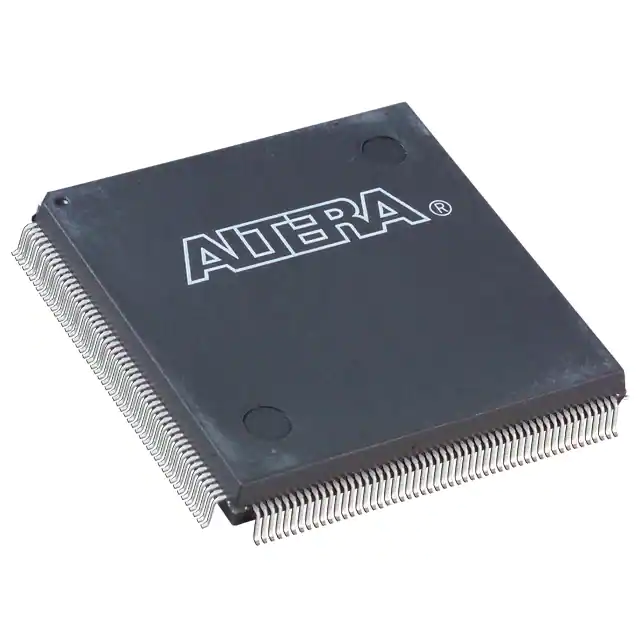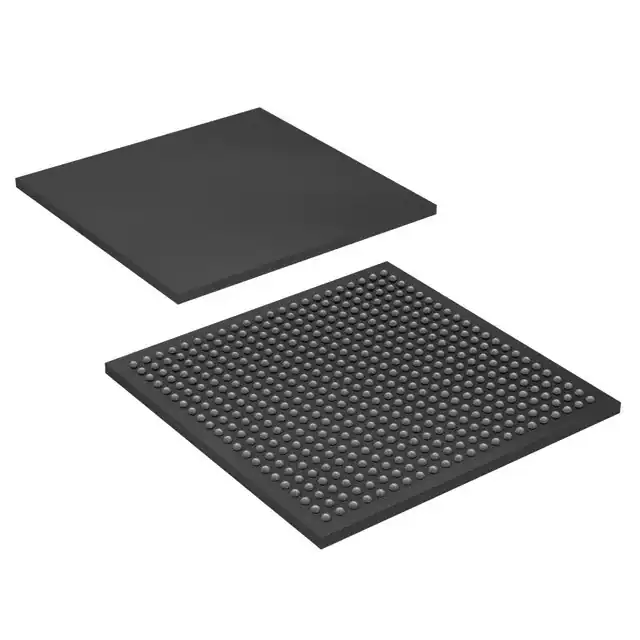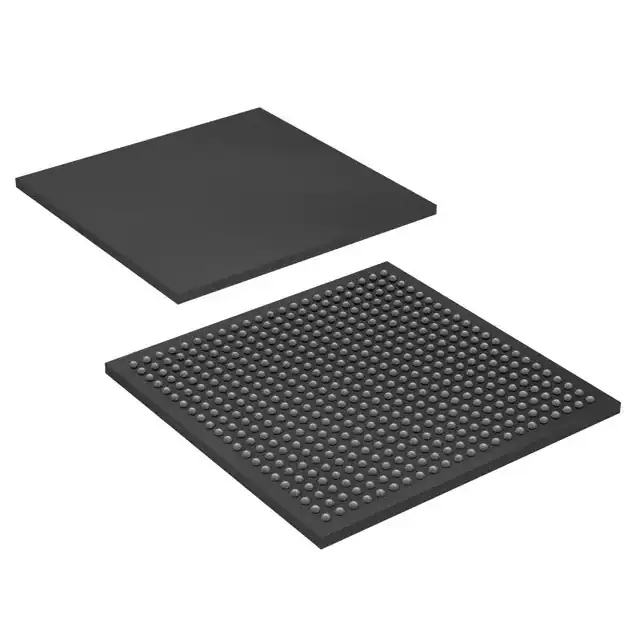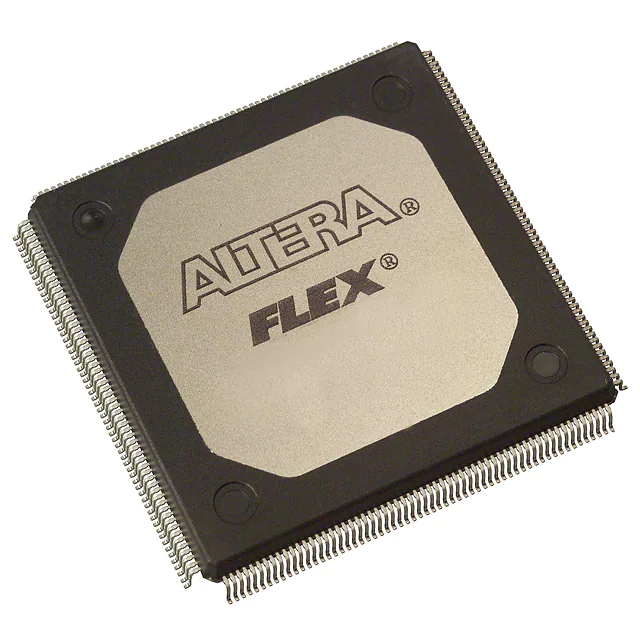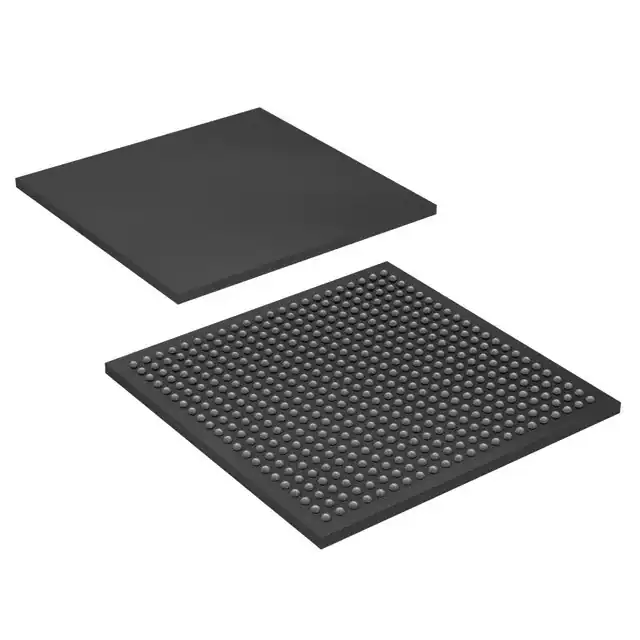The Altera® FLEX 6000 programmable logic device (PLD) family provides a low-cost alternative to high-volume gate array designs. FLEX 6000 devices are based on the OptiFLEX architecture, which minimizes die size while maintaining high performance and routability. The devices have reconfigurable SRAM elements, which give designers the flexibility to quickly change their designs during prototyping and design testing. Designers can also change functionality during operation via in-circuit reconfiguration.
FLEX 6000 devices are reprogrammable, and they are 100% tested prior to shipment. As a result, designers are not required to generate test vectors for fault coverage purposes, allowing them to focus on simulation and design verification. In addition, the designer does not need to manage inventories of different gate array designs. FLEX 6000 devices are configured on the board for the specific functionality required.
Feature
during prototyping or design testing
■ Product features
– Register-rich, look-up table- (LUT-) based architecture
– OptiFLEX® architecture that increases device area efficiency
– Typical gates ranging from 5,000 to 24,000 gates (see Table 1)
– Built-in low-skew clock distribution tree
– 100% functional testing of all devices; test vectors or scan chains
are not required
■ System-level features
– In-circuit reconfigurability (ICR) via external configuration
device or intelligent controller
– 5.0-V devices are fully compliant with peripheral component
interconnect Special Interest Group (PCI SIG) PCI Local Bus
Specification, Revision 2.2
– Built-in Joint Test Action Group (JTAG) boundary-scan test
(BST) circuitry compliant with IEEE Std. 1149.1-1990, available
without consuming additional device logic
– MultiVoltTM I/O interface operation, allowing a device to bridge
between systems operating at different voltages
– Low power consumption (typical specification less than 0.5 mA
in standby mode)
– 3.3-V devices support hot-socketing

